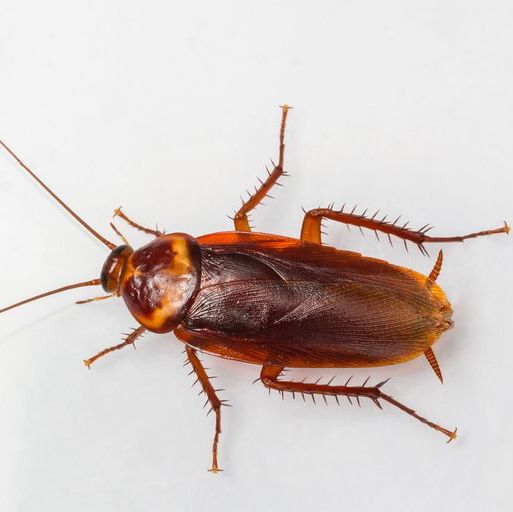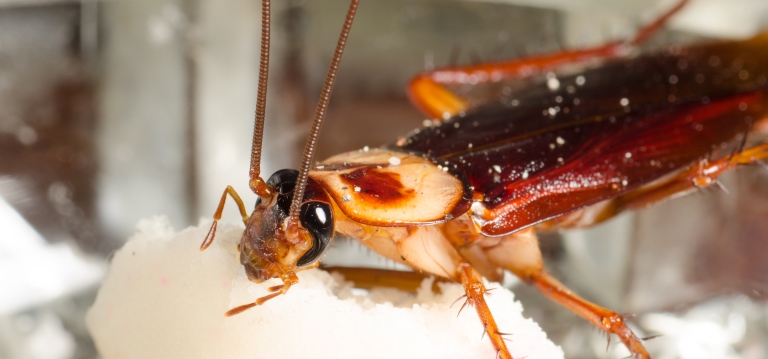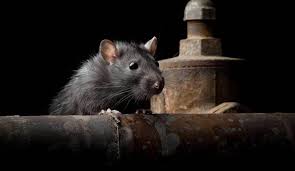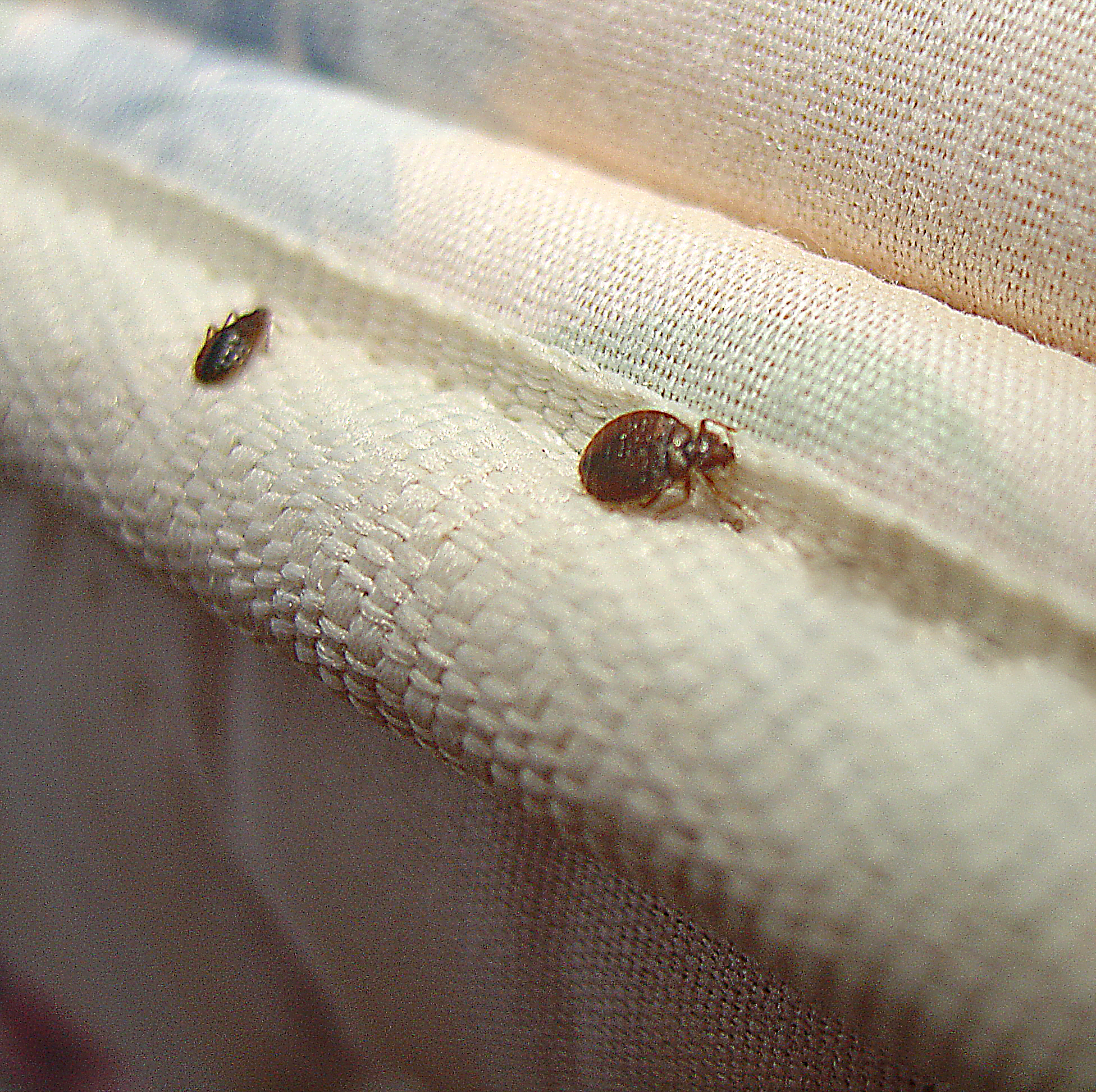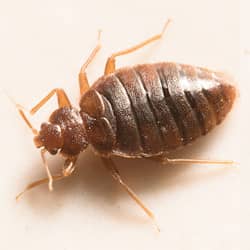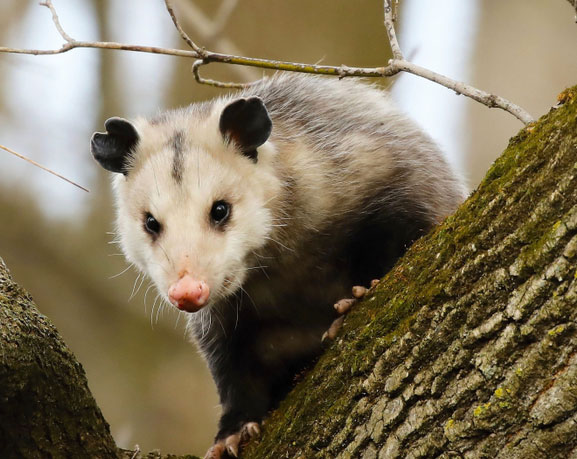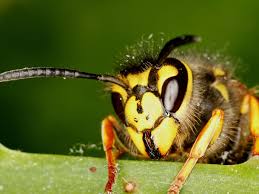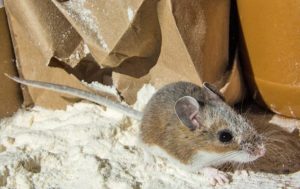How to Get Rid of Ants in Your Home and Yard
Ask homeowners to name the pests that give them the most headaches, and near the top will likely be one pesky small insect that invades and colonizes their yard by the thousands.
Ants
They move in with rows of marching soldiers carrying away your picnic and building dirt mounds marking the landscape of your lawn like hill forts. And no one says “hurrah” to fire ants, which can pack a powerful sting.
Those mounds can suffocate the grass underneath the dirt and the ants themselves can bite pets or kids just trying to enjoy the lawn. If the infestation gets bad enough, you’ll have to launch an offensive of your own, and root out the invaders.
Identify Your Ant Species
Knowing who you’re dealing with is key when trying to get them off your lawn, and it’s the first step to solving your ant problem. Many species of ants take up residence in America’s lawns
Fortunately, many of those species don’t require any sort of control. They have a place in the ecosystem and a job to do. Ants are social insects, living together in vast colonies. But it’s when those ants start to build mounds in your yard or invade your cupboards looking for dinner that they start to become a pest.

Complete guide for ants control
ant prevention tips, ant removal cost, ants control, ants in the kitchen, are ants poisonous, best home remedy to get rid of ants, do ants get worse when it rains, do it yourself ant treatment, get rid of ants permanently, getting rid of ants, how do ants communicate, how does ant bite looks, how long do ants live, How much is pest control for ants, how to get rid of ants in your house, how to know if you have an ant infestation, how to stop an ant infestation, natural way to get rid of ants, remedy for ants at home
What are the types of ants?
Carpenter Ants
Enjoy resting at areas that are moist, damp or decaying
Body is black in colour
Diet preference include sweet substance, dead insects and protein.
Build nests within good, and tends to confuse with termites as a result
Sugar Ants
They are translucent and pale in colour
Favourite nesting area includes wet and moist spaces such as kitchen, flower points
Food sources include sweet and greasy substance and insects
Comes in group or colony
Crazy Ants
Comes in greyish in colour
Nest around outdoor largely, typically at woody and soil area
Enjoy damp and moist conditions
Feed almost on anything, such as sweet and protein matters, and insects
How are ants invited to a home?
What attracts ants in a home? What do ants eat and feed on? Just like humans, pests such as ants require three basic survival elements, namely food, water and shelter. This also explains why the kitchen, living and dining room is ants’ favourite hangout. Here is a list of common causes of ants’ infestation.

Ants don’t have to be a bother inside. Get rid of ants naturally.
Ants. They come out in swarms during late spring and summer – when love is in the air.
Large winged female ants, destined to become queens, mate with large winged males and then establish new colonies – preferably close to a food source. Like your house or apartment.
Prevention is the best line of defense
There are different types of ants—tiny dark brown nuisance ants and big black or black and red carpenter ants—and both are attracted to water, grease, sweets and food crumbs. Make your place as unappealing as possible to both kinds.
Inside: Keep counters clean and food sealed
Regularly wipe down all food prep areas. Sweep or vacuum the floors.
Thoroughly rinse recyclable food containers before tossing them. Empty trash, compost and recycling containers daily.
Store food – for both people and pets – in tightly sealed containers. Plastic wrap, paper and cardboard won’t deter ants.
Keep an eye out for plumbing leaks that may need repair. Fix leaks promptly—before foraging scout ants find them.
If you do see single, wandering scouts, wipe them up with a soapy cloth or sponge.
Outside: Seal cracks and keep a clear path around the foundation
Deter ants from entering your home by sealing cracks and holes around windows, doors and foundations.
Keep plants and trees from touching the exterior of the building so that ants can’t use them to climb inside. And clear debris, wood, and bark chips from the foundation.
Repair rotten or weather-damaged wood siding. Wooded parts of the home should not contact the soil. Carpenter ants love to burrow into rotting wood in search for a good nesting spot.
Sprinkle Diatomaceous earth around foundations, door frames, window sills or on visible ant trails. It’s non-toxic to humans and pets but will kill ants.
Invasion in progress: Use a borax-based bait
Infinite numbers of workers are in the nest ready to replace what you wash away. “You have to feed the colony to wipe it out,” he says. Use bait stations – like Terro–with borax as their active ingredient. Borax is a non-carcinogenic mineral. But the small doses of it used in bait stations are lethal to ants.

Complete Guide: How To Get Rid Of Ants In The House
Springtime is wonderful. It brings new sunshine, spring flowers but it also brings the dreaded ant season. There are a large variety of ants that invade our homes and gardens and the shear amount can be irritating and frustrating. With numerous ways for them to enter – floors and foundations, crevices in the walls or ceilings – in fact any holes that are an opening to attractive smells and food, ants can appear in their hundreds.
With so many it can feel like a tall task to get rid of ants in your home but there are some great, effective ways to prevent, deter, and eradicate an infestation. The last thing you want is to have them crawling all over your kitchen and living spaces so here are some different ways to use homemade, cheap alternatives to get rid of those pesky ants once and for all.
Preventing An Ant Invasion
The first thing you can do is to make sure you do as much as you can to prevent an infestation or stop an infestation getting worse. By doing a few simple preventative tasks, you can get yourself on the way to an ant-free house.
Keep your house clean by sweeping floors of food and dirt.
Keep trash and rubbish away from the house and make sure you put any rubbish out on a daily basis.
Don’t allow moisture on surfaces – ants like to find sources of water and tend to stay near them.
Always cover food when it’s not in the fridge.
Don’t leave dirty plates and utensils around – wash them up straight away
Deterrents For Ants In Your Home
There are many substances that ants just don’t like and using these can deter ants from certain areas like the kitchen, or you can use these methods outside your house if you know of a particular way they are getting in
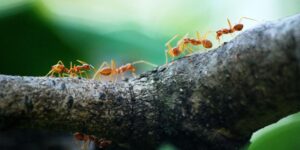
Everything You Need to Know About Ants
Pharaoh Ants
These dumpster divers are the ants most likely to spread disease pathogens in hospitals and other healthcare facilities. Pharaoh ants are a common insect that find their way into homes. Here are some common characteristics to help you identify them.
They are yellowish to orange in color
Are approximately 1/16 inch long in length.
The diet of pharaoh ants consists of foods containing fats, proteins and sweets and they will forage for these items both in their natural surrounding outdoors and inside a home.
When pharaoh ants nest indoors they seek out conditions that are warm or humid and that are in close proximity to food and water. Accessible areas such as wall voids, behind baseboards, under floors and even in furniture are all ideal locations for invading pharaoh ants.
Odorous House Ants
These ants are going to make quite a stink if you step on them, and often, you can’t help but step on them. Here is how you can identify odorous house ants in your home.
The odorous house ant is native to our state and is often considered the most common home invading species of ants.
It measures about 1/8 inch long
It is dark brown to black in color
The odorous house ant is most often recognized by the coconut-like odor it emits when crushed.
They feed on honey dew and plant nectar found outdoors, however, these irritating pests will invade homes in large numbers to find food when their usual supply runs low.
Indoors odorous house ants can be found constructing nests in wall voids, especially around hot water pipes and heaters, in crevices around sinks and cupboards as well as behind siding and stucco.
Pavement Ants
For this type of invasive ant, its name speaks for itself. These ants build colonies under pavement, in sidewalks, and under concrete slabs. This often brings them into homes through basement walls. First introduced by early European colonists, pavement ants have since become a regular invader of residential dwellings.
Pavement ant workers are generally about 1/8 inch long
They range in color from brown to black.
To an untrained eye it may be hard to see, but, pavements ants feature parallel furrows and ridges on their head and thorax.
Their palate is not exactly refined, as they will eat just about anything including other insects, honeydew, seeds and people food. They do prefer meat and grease when they have the option.
Their nests are commonly located in or under cracks in pavements as well as in soil beside driveways and sidewalks.
Inside, however, pavement ants are likely to be found nesting in walls, in insulation and under floors and in the wintertime areas that are near a heat source appeal to these ants.

